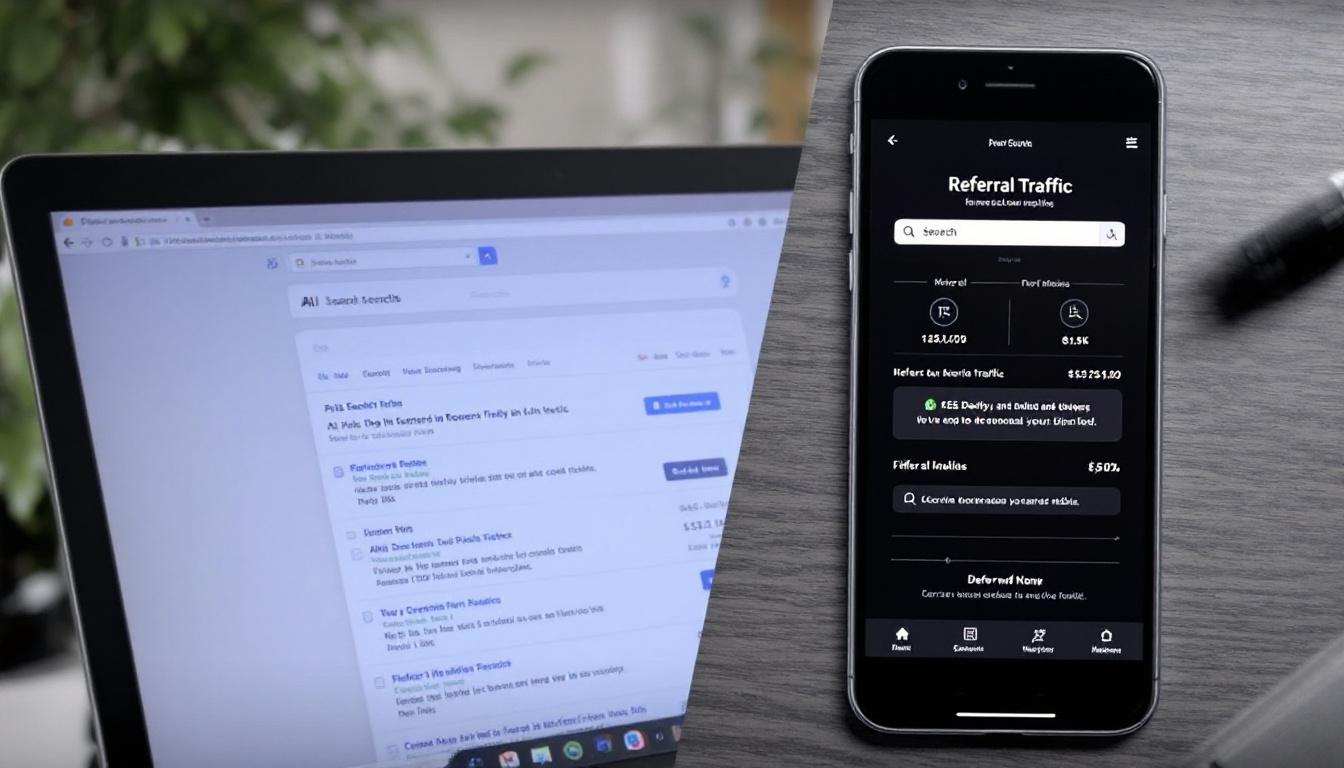Google’s John Mueller has raised concerns about the prevalence of filler content, emphasizing its negative impact on page quality.
Udemy
Whether you're just starting out or want to keep up on the latest SEO techniques, Udemy can help be the SEO Expert in no time.
This advisory targets both SEOs and content creators, highlighting the importance of prioritizing user experience over mere word counts.
The Rise of Filler Content
The concept of filler content has gained traction as individuals and organizations strive to boost their online presence.
However, this approach often sacrifices quality in pursuit of quantity.
Origins Linked to ‘Content is King’
The foundational belief that content reigns supreme has led to strategies aimed at surpassing competitors by sheer volume.
This mentality has fostered practices like the skyscraper technique, where content is not just matched but exceeded in quantity, often neglecting the actual value provided to the audience.
While the intention behind increasing content is to enhance visibility, the resultant filler can dilute the overall quality, making it less beneficial for users.
Google’s Standpoint on Filler Content
Google has taken a clear stance against filler content, integrating its concerns into official guidelines to maintain high standards across the web.
Insights from John Mueller
John Mueller articulated specific issues related to filler content during his recent address, shedding light on its broader implications.
He described filler content as low-quality material created primarily to extend the length of a page, which users often find disruptive and unhelpful.
Updates to Quality Rater Guidelines
In response to these concerns, Google has revised its Quality Rater Guidelines to better identify and evaluate filler content.
The new section 5.2.2 specifically addresses how filler content detracts from user experience, emphasizing the need for content that directly supports the page’s primary objective.
These updates serve as a directive for content creators to focus on meaningful and valuable information rather than merely increasing word count.
The User Experience Factor
At the heart of Google’s advisory is the user experience, which filler content directly undermines.
How Filler Content Affects Users
Users visiting a site expect to find relevant and useful information without unnecessary distractions.
When filler content is present, it not only overwhelms the reader but also makes it harder to locate the essential information, leading to frustration and a diminished experience.
Ensuring that content is both relevant and concise is crucial in maintaining user engagement and satisfaction.
Beyond Recipe Sites: Wider Implications
While recipe websites have been specifically highlighted, the issue of filler content spans various niches and industries.
Universal Challenges Across Niches
Different sectors face unique challenges in balancing content quantity and quality.
For instance, e-commerce sites might add excessive product descriptions, while informational blogs could inflate articles with redundant information, all of which detract from the user’s primary intent.
Regardless of the industry, the fundamental principle remains: prioritize valuable content that meets user needs over arbitrary content expansion.
The Bottom Line
Google’s caution against filler content serves as a critical reminder for SEOs and content creators to focus on quality over quantity.
By prioritizing user experience and delivering meaningful information, websites can achieve better engagement and maintain favorable rankings in search results. Embracing this approach not only aligns with Google’s guidelines but also fosters trust and satisfaction among users.








